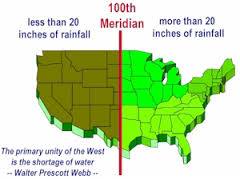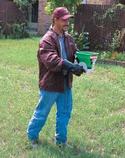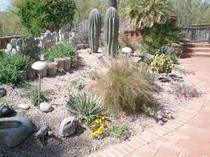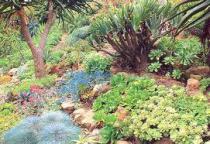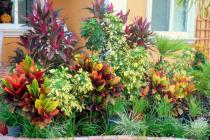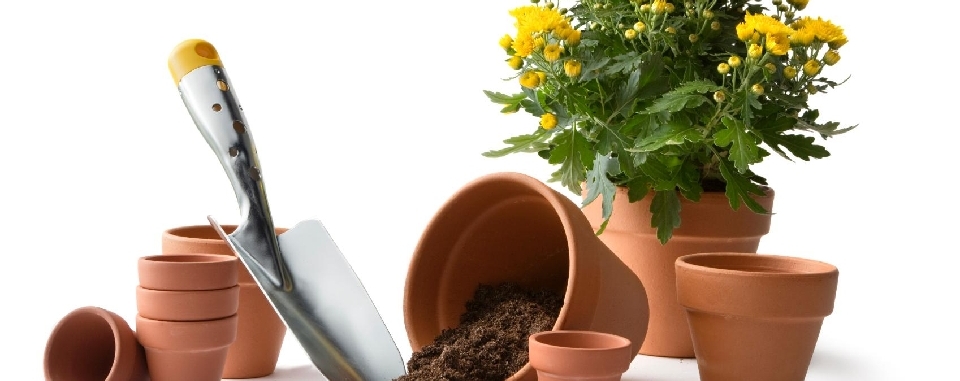
Why we have Turf Grass Lawns
Whether we know it or not, we’re imitating European royalty, where a well-kept lawn symbolized disposable wealth and status. They also helped in the castle defenses, giving the guards a clear field of vision, thus enabling them to spot enemies from a long way off. During this same period, the 1700’s to 1900’s, common people needed their garden spaces for growing basic foods and herbs. Clover instead of turf grass was the common ground cover plant.
Traveling Americans in the late 1850’returned to the U.S. with images of these Grand Estates, and the “green carpet” firmly planted in their imaginations. Soon the lawn became a symbol of the middle-class American dream: a home of one’s own, surrounded by green grass.
Ironically, much of our country is not hospitable to turf grasses due to our arid climate. England’s annual rainfall averages 40 inches, our rainfall in Riverside County last year was 10inches. European lawn landscapes made ecological sense because of their moist, mild, climate.
A Brief History of the development of lawns:
1830 The “Rotary Mower” is invented in England, and slowly gains popularity in the United
States. Prior to this, lawns were cut by hand, or grazed by sheep.
1870 Municipal water systems allowed the use of hoses to deliver water. Sprinklers, invented in 1871, made lawns even more
convenient for everyone.
1916 -The first “Zoning Set back laws” were written in New York, creating a space between the house and the curb, a perfect space for landscaped lawns.
Early 1900’s: The Garden Clubs of America, the U.S.
Department of Agriculture, and U.S. Golf Association spread the gospel of grass throughout the country. Contests were held to reward lawn owners. Garden writers focused on the neighborly desire to
conform and acquire status. Lawns became a moral imperative
1948 “Weed ‘n Feed” comes to market, a combination herbicide and fertilizer. Weed ‘n Feed changed lawn care. Instead of applying fertilizer in one pass and weed killer in another, homeowners and gardeners could now put down
Weed ’n Feed to do both jobs at once. Problem: Weed ’n Feed eradicated the clover that had been North America’s favorite lawn plant. Clover was evergreen, drought-tolerant, low-growing and capable of
manufacturing its own fertilizer by attaching nitrogen from the atmosphere to its roots. Clover had been a part of virtually all seed mixes ever since Americans began consciously cultivating lawns.
Weed n’ Feed recognized Clover as a weed, so Clover was sacrificed for expediency.
1948-1952 Levittown, created in New York, was the first American suburb to include lawns already in place. Abraham Levitt wrote. “The appearance of a lawn bespeaks the personal values of the resident.” A group called the Lawn Institute declared: “Some feel that a person who keeps the lawn perfectly clipped is a person who can be trusted.”
And that was that. Today, about 80 percent of all American homes have lawns. Lawns now blanket thirty million acres of the United States.
Nationwide, we use 90 million pounds of fertilizer and 78 million pounds of pesticides annually just to keep lawns thriving. Lawns also consume massive amounts of water, more than U.S. farmers use to grow wheat, or corn, or any other agricultural crop.
Americans spend more than 3 billion hours a year pushing or riding gasoline-powered lawn mower. A gas-powered mower emits as much pollution as driving a car 350 miles. One study says: In order to keep all the lawns in the country well irrigated, it would take an astonishing two hundred gallons of water per person, per day. A separate estimate, by the Environmental Protection Agency, states that nearly a third of all residential water use in the United States currently goes toward landscaping.
The American lawn is now an environmental problem. The space devoted to lawns continues to grow, and more water and fertilizer are devoted to its upkeep. We now face drought conditions in California. Replacing turf grass with a Drought Free Garden now makes sense, just as it did in the early 1800’s
